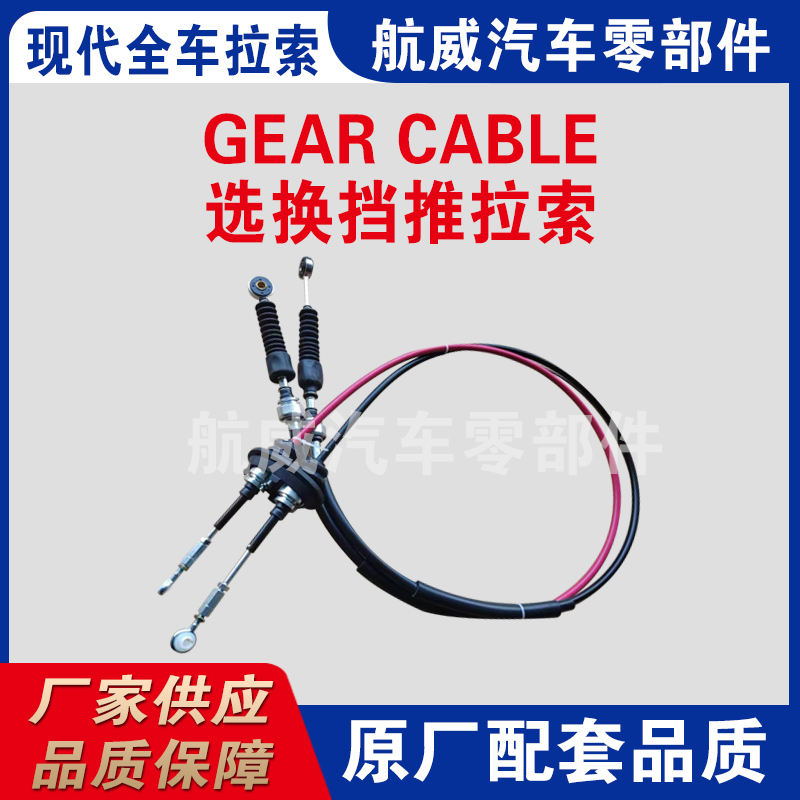High-Performance Braided Hydraulic Clutch Hose for Enhanced Vehicle Control and Durability
The Advantages and Functionality of Braided Hydraulic Clutch Lines
In the realm of automotive performance and modification, enthusiasts continually seek ways to optimize their vehicles' efficiency and response. One area that has seen significant development is the hydraulic clutch system, particularly through the use of braided hydraulic clutch lines. These components not only enhance performance but also improve the overall driving experience.
Understanding Hydraulic Clutch Systems
To appreciate the benefits of braided hydraulic clutch lines, it is essential to first understand the hydraulic clutch system's basic functionality. In vehicles equipped with a manual transmission, the clutch is responsible for engaging and disengaging the engine from the transmission, allowing for smooth shifting of gears. Traditional clutch systems rely on a series of hydraulic components, including a master cylinder, slave cylinder, and hydraulic lines to transfer the necessary fluid pressure from one component to another.
The Role of Braided Hydraulic Lines
Braided hydraulic lines replace the standard rubber hoses that have traditionally been used in these systems. The primary difference lies in the construction of the braided lines, which consist of an inner rubber tube surrounded by a sturdy mesh of stainless steel or other durable materials. This design enhances the strength and durability of the line, making it less prone to damage and wear over time.
Advantages of Braided Hydraulic Clutch Lines
1. Increased Durability One of the primary benefits of braided hydraulic lines is their superior durability compared to rubber hoses. Braided lines are resistant to abrasion, high pressures, and temperature fluctuations, ensuring they can withstand the rigors of performance driving.
braided hydraulic clutch line

2. Enhanced Performance Braided lines significantly reduce the expansion that may occur in rubber hoses under pressure. This means that more of the force from the clutch pedal is transmitted directly to the clutch itself, resulting in a more responsive and precise feel when disengaging and engaging gears.
3. Improved Aesthetics For many automotive enthusiasts, aesthetics play a critical role in vehicle modification. Braided lines are not only functional but can also add a sporty and polished look to the engine bay. They are available in various colors and finishes, allowing for customization that reflects the vehicle’s personality.
4. Resistance to Fluid Breakdown Unlike rubber lines, braided hydraulic lines are less susceptible to degradation from hydraulic fluids. They maintain their structural integrity for longer periods, which reduces the risk of leaks—a critical factor in ensuring reliable clutch operation.
5. Temperature Tolerance Braided lines typically have a higher tolerance for temperature changes. This is particularly important in high-performance applications where excessive heat can lead to fluid breakdown and system failure. The stainless-steel braiding helps dissipate heat more effectively, ensuring consistent performance.
Installation Considerations
While upgrading to braided hydraulic clutch lines can yield significant benefits, proper installation is crucial. It is recommended to have a professional mechanic install these lines to avoid potential pitfalls that could arise from improper fitting or routing. Ensuring that the lines are securely attached and that there are no kinks or sharp bends is vital for maintaining optimal performance.
Conclusion
In summary, upgrading to braided hydraulic clutch lines can offer numerous advantages for both everyday drivers and performance enthusiasts alike. From enhanced durability and improved responsiveness to aesthetic appeal, these lines represent a valuable investment in any vehicle’s hydraulic clutch system. As automotive technology continues to evolve, so too will the components that enhance our driving experience. Embracing these advancements can lead to improved performance, reliability, and an overall enriching experience on the road.
-
Upgrade Your Control with Premium Throttle CablesNewsAug.08,2025
-
Stay in Control with Premium Hand Brake CablesNewsAug.08,2025
-
Experience Unmatched Performance with Our Clutch HosesNewsAug.08,2025
-
Ensure Safety and Reliability with Premium Handbrake CablesNewsAug.08,2025
-
Enhance Your Vehicle with High-Performance Clutch LinesNewsAug.08,2025
-
Elevate Your Ride with Premium Gear CablesNewsAug.08,2025
